APPLICATIONS AND IMPLACATIONS
The objective of this week is to integrate assignments within the final project.
1. Individual Assignment
Propose a final project masterpiece that integrates the range of units covered, answering:
- What will it do?
- Who's done what beforehand?
- Who's done what beforehand?
- What will you design?
- What materials and components will be used?
- Where will come from?
- How much will they cost?
- What parts and systems will be made?
- What processes will be used?
- What questions need to be answered?
- How will it be evaluated?
Your project should incorporate 2D and 3D design, additive and subtractive fabrication processes, electronics design and production, embedded microcontroller interfacing and programming, system integration and packaging
Where possible, you should make rather than buy the parts of your project
Projects can be separate or joint, but need to show individual mastery of the skills, and be independently operable
1.1 What will it do?
A The arthroscopy simulator is a device that helps traumatology residents. This allows training to perform arthroscopic knee surgery. This basically consists of a lower limb model that includes the knee and its internal structures (bones, meniscus). And the camera that will allow to observe the interior of the articulation.

_
1.2 Who has done what beforehand?
There are arthroscopy simulators that have many characteristics:.
- This is a low cost simulator and manufactured in China. This is small and does not allow the knee to articulate.But it can be useful for traumatology residents.(
more about it ) - There are more sophisticated arthroscopy simulators, which include a complete modules. In these the surgeon can simulate as real as possible an arthroscopic surgery. The disadvantage is that this type of devices are large and the cost is very high..(
more about it ) - There is also the possibility of going to training centers. In these you can use the simulators. The disadvantage that courses are expensive...(
more about it )
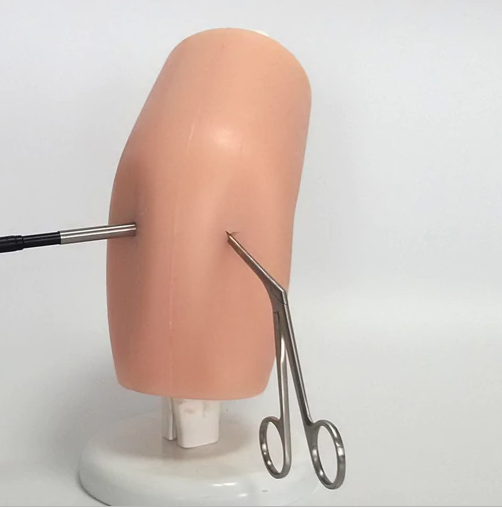
_
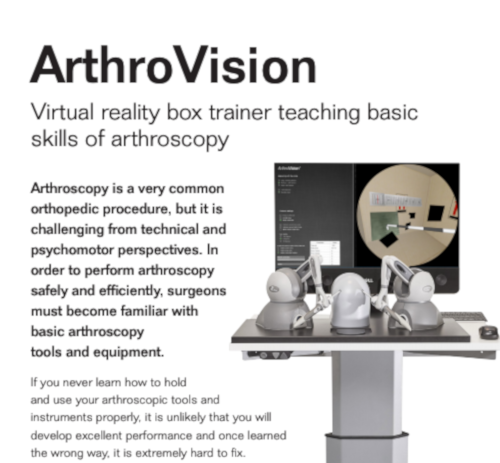
_
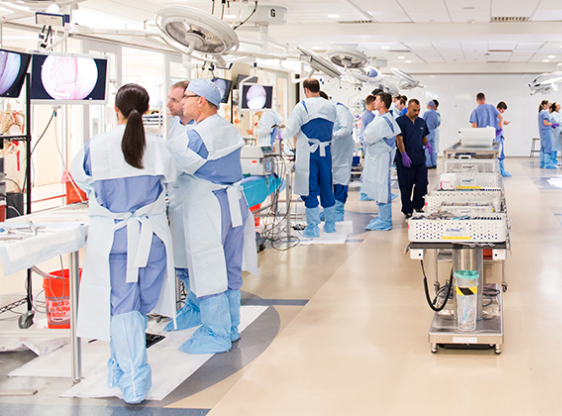
_
1.3 What will you design?
I will design a leg and thigh model; this will allow the knee to articulate and also content the components of a knee. With this the surgeon can perform the maneuvers and identify the part of a knee. This through a camera that will communicate with an interface with the computer.
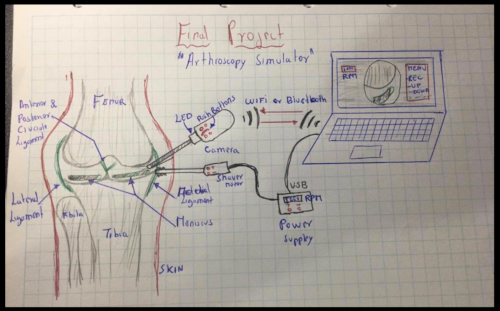
_
1.4 What materials and components will be used?
This is mi list of materials.
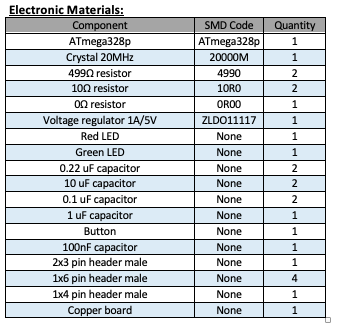
_
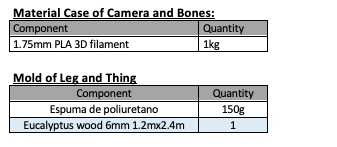
_
1.5 Where will they come from?
My project will cost around $ 100 to $ 105. Mainly in some materials that are not in my FabLap.I used as a reference prices in the Fab Lab Inventory
1.6 What parts and systems will be made?
These parts I will make:
- Fabduino Board
- Case of camera
- one-leg cast mold
- Support for leg mold
- Software of the camera
1.7 What processes will be used?
These the processes for each parts I will make:
1.7.1 Leg mold and Case of camera.
- Case of camera: 3d design/ 3D print
- Leg mold: Computer-controlled machining/ Molding and casting
1.7.2 Electronics.
- Fabduino Board: Electronic design/solding
1.7.2 Programming
- Interfacing electronics with software and applications
1.8 What questions need to be answered?
For this final project the functionality of the device is evaluated and the necessary improvements are described to turn this into a final product.
1.9 How will it be evaluated?
I want to know if it is possible that my arthroscopy simulator can help other surgeons to acquire practice in the management of this type of surgeries
Contact Me
Feel free to contact me via email or phone.
 FabAcademy 2019
FabAcademy 2019